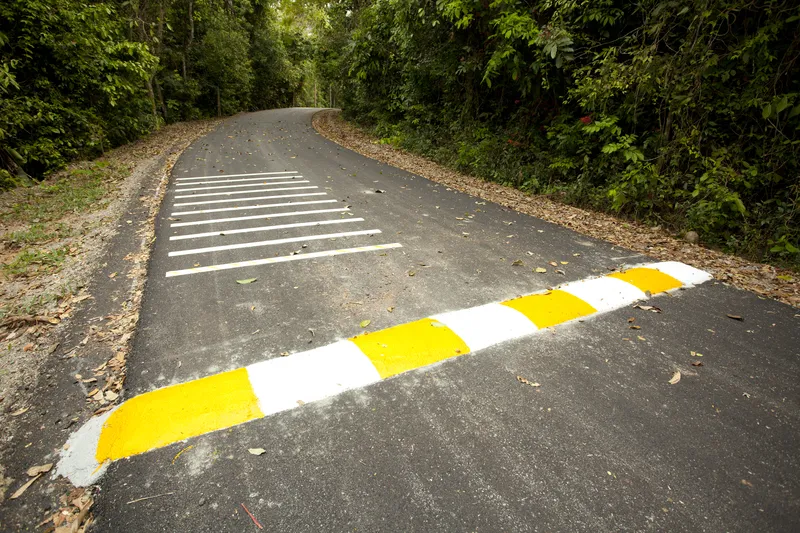A new report by the Highway Loss Data Institute (HLDI) in the US reveals that injury severity has increased in the US state of Michigan following a change to helmet laws. The study is based on data taken from insurance claims and shows that these costs have increased substantially since the helmet law was changed in Michigan back in 2012. Previous to the law change motorcyclists in Michigan were required to wear helmets whilst riding, which had been in place for over 40 years. The law was changed and only m
June 6, 2013
Read time: 2 mins
A new report by the 5523 Highway Loss Data Institute (HLDI) in the US reveals that injury severity has increased in the US state of Michigan following a change to helmet laws. The study is based on data taken from insurance claims and shows that these costs have increased substantially since the helmet law was changed in Michigan back in 2012. Previous to the law change motorcyclists in Michigan were required to wear helmets whilst riding, which had been in place for over 40 years. The law was changed and only motorcyclists aged below 21 are now required to wear a helmet whilst riding. Motorcyclists aged 21 or over do not have to wear a helmet as long as they have held a motorcycle licence for two years or more or have passed a motorcycle-specific safety course, as well as holding US$20,000 worth of medical insurance. The change in Michigan’s helmet law caused a great deal of controversy when it was made, with some groups claiming it offered greater freedom for riders. The data shows that relaxing helmet laws for motorcyclists does increase accident severity, and rider fatality rates are expected to increase in Michigan as a result. Estimates by the 2467 National Highway Traffic Safety Administration (NHTSA) suggest that helmets cut the risk of a motorcycle fatality by 37%. The data contrasts strongly with results from nearby states such as Illinois, Indiana, Ohio and Wisconsin where helmets are still required for riders.









